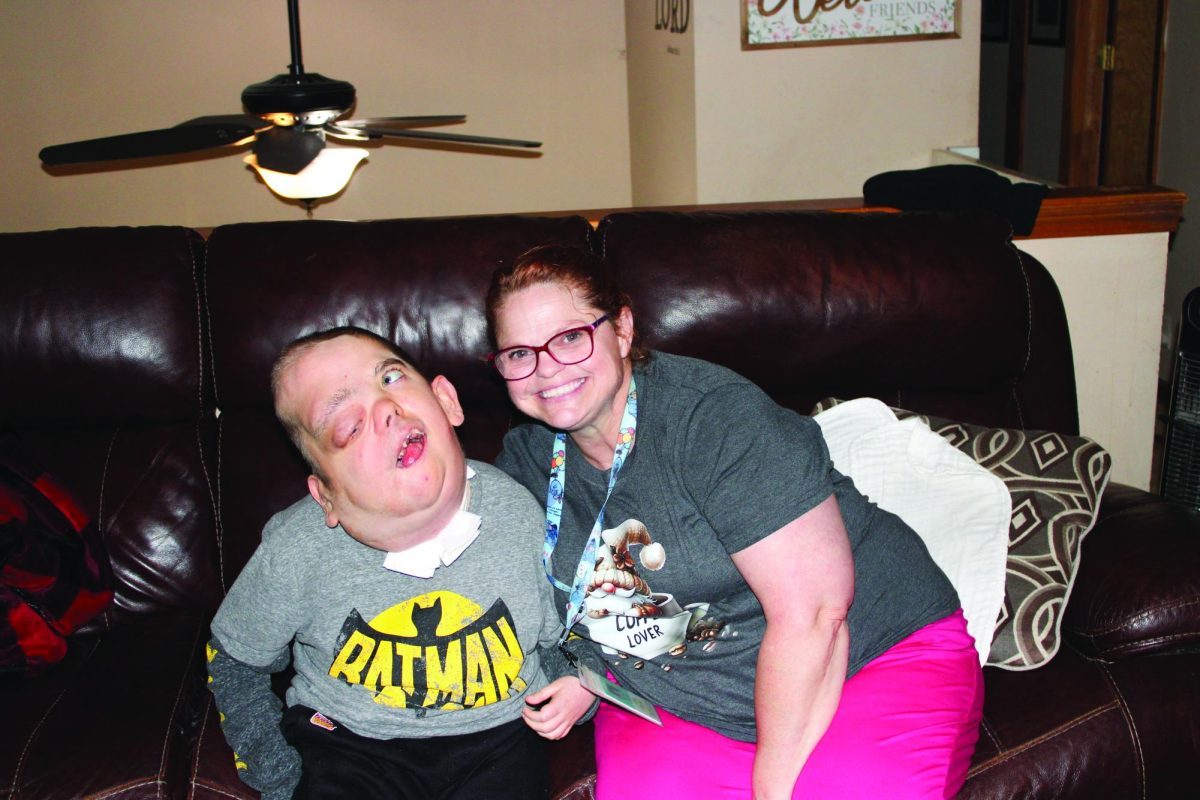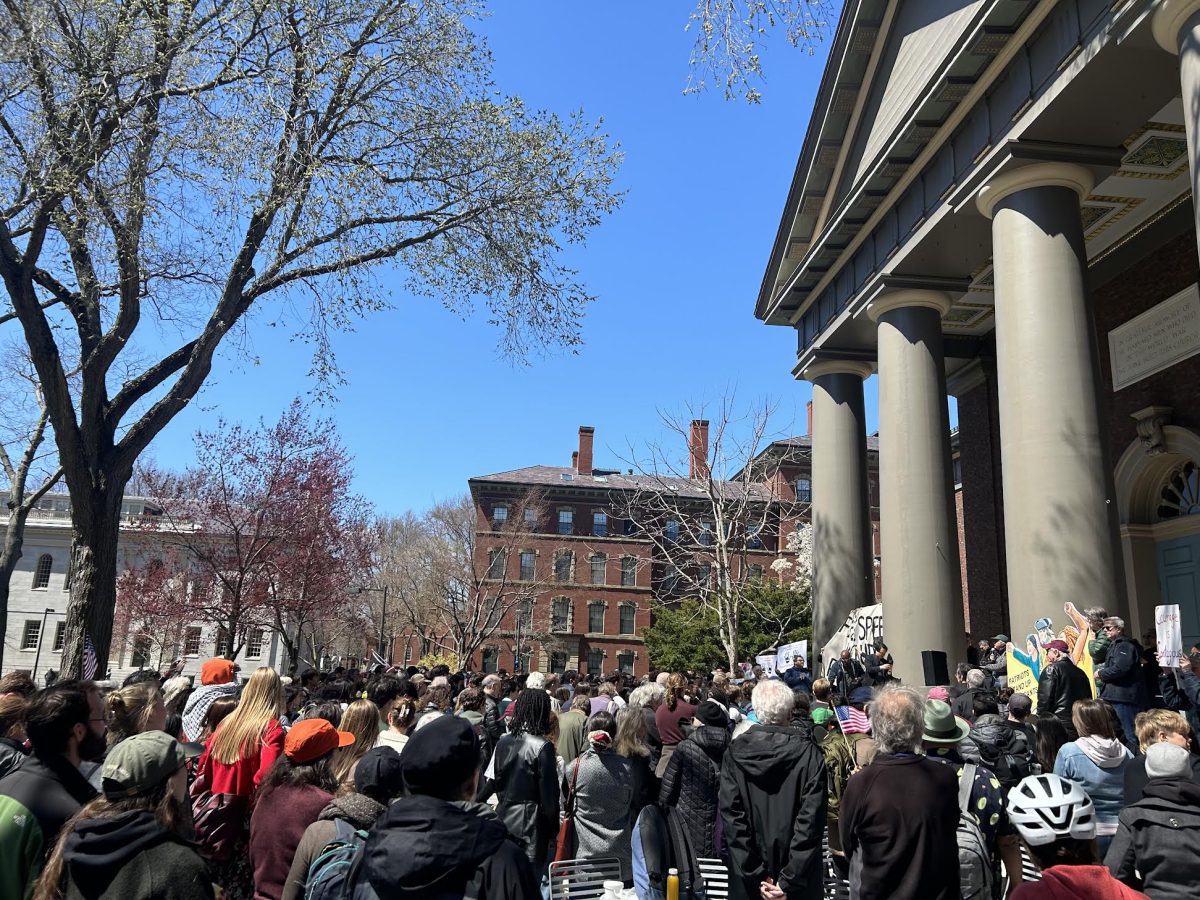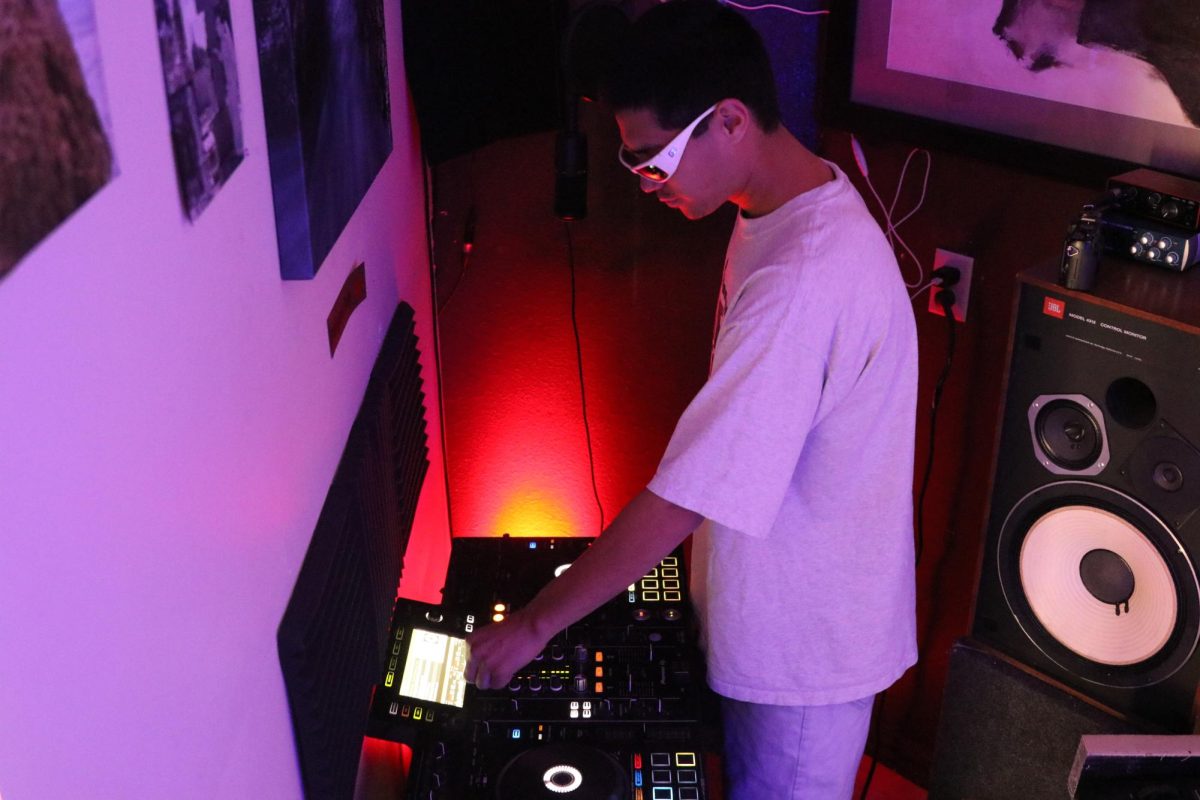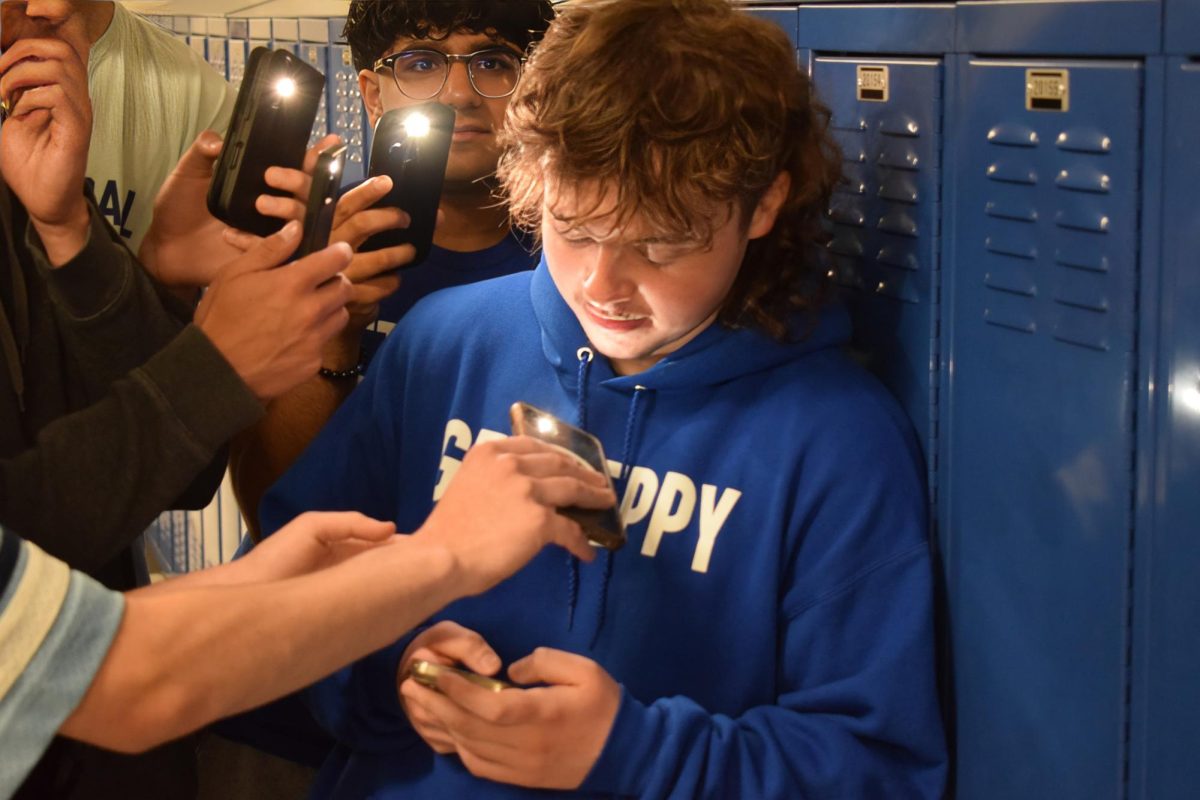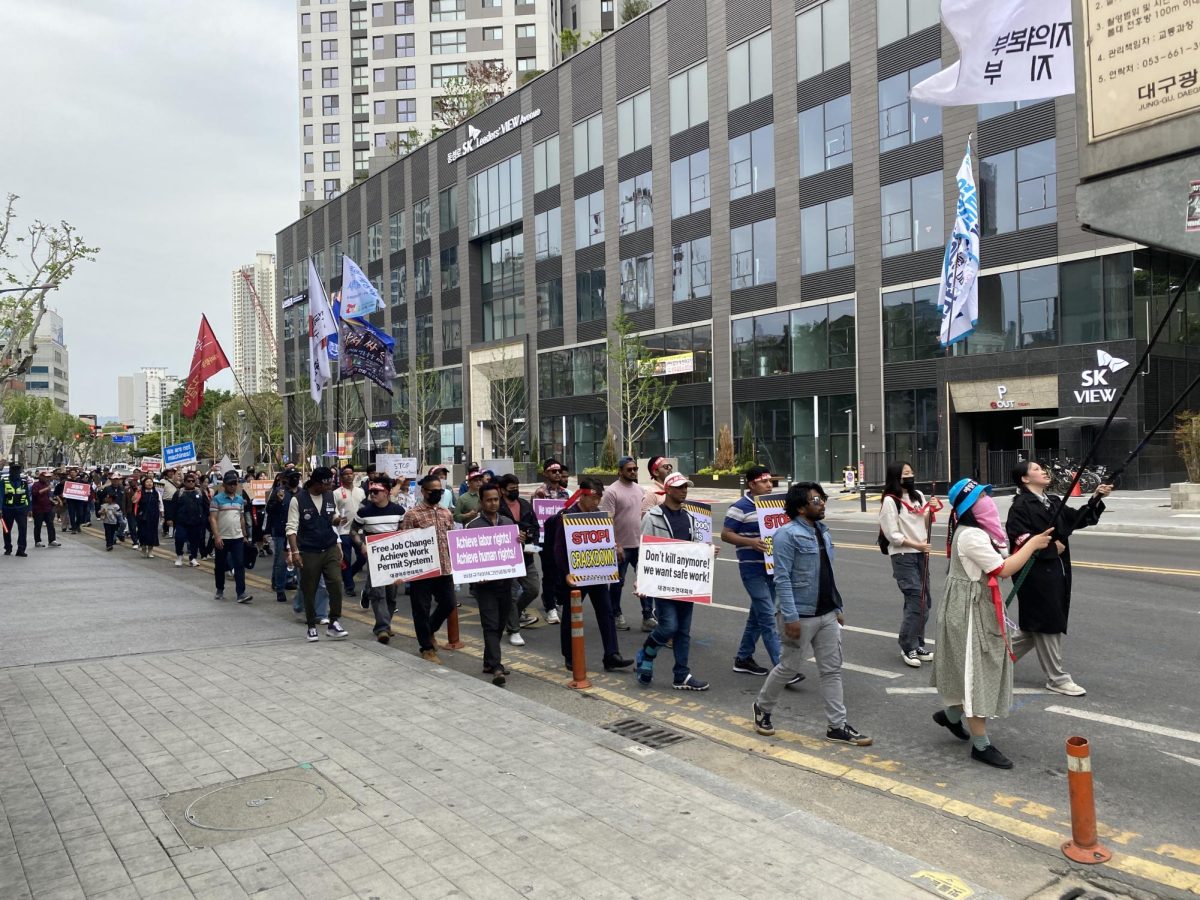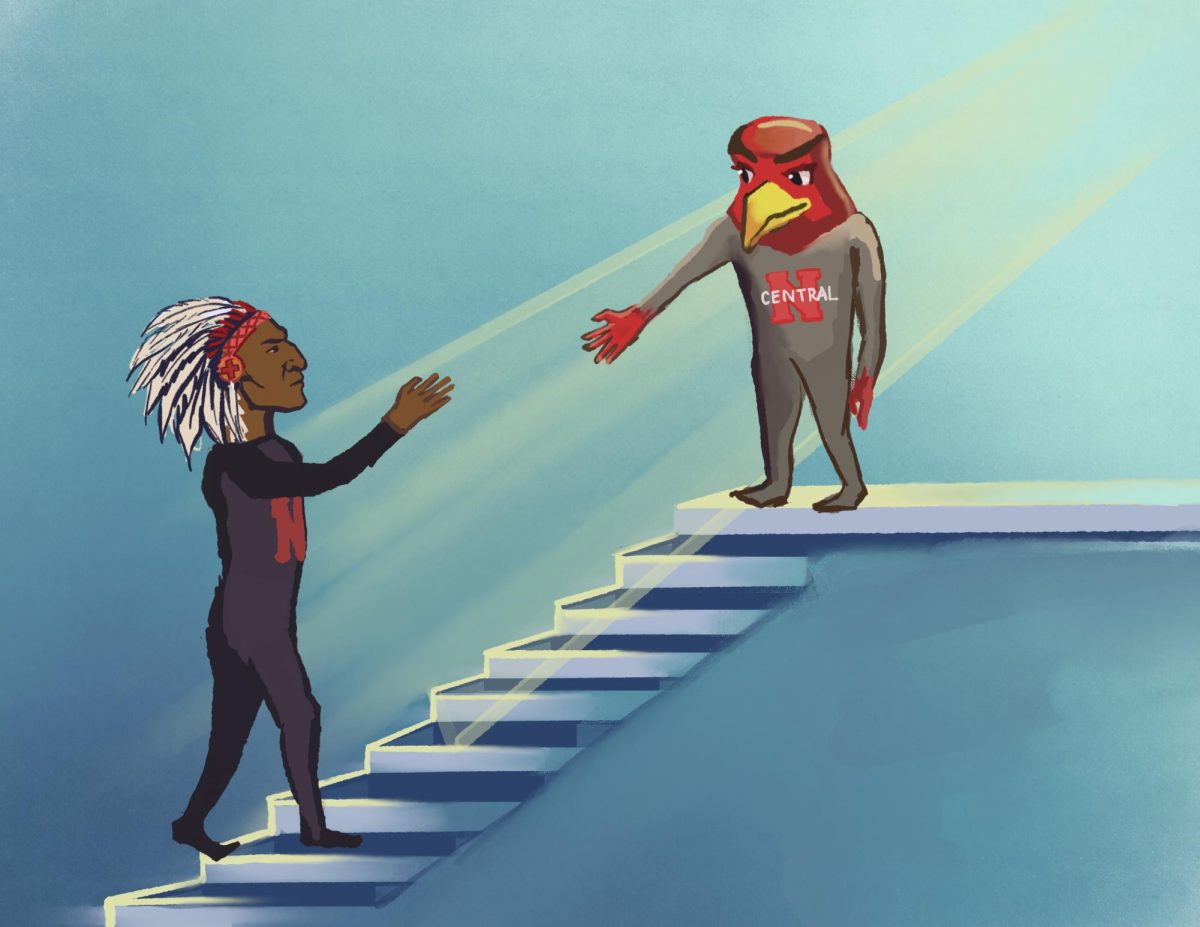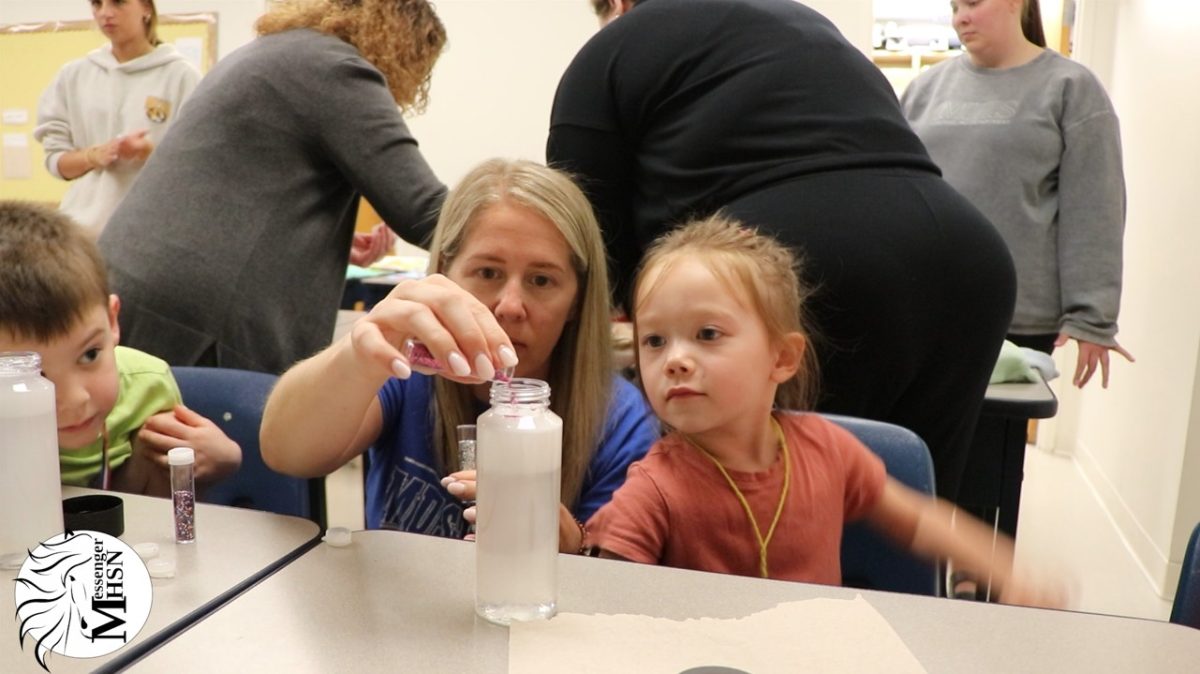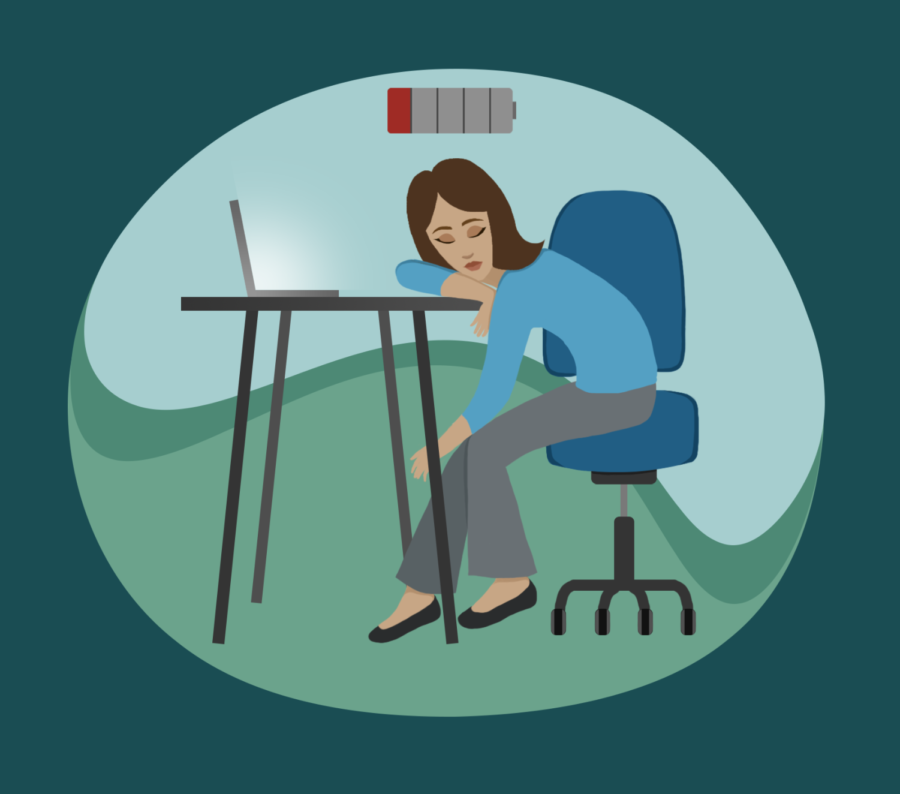Teachers’ mental health deteriorates, worsened by pandemic
Sophia Maxim
Many teachers experience mental health issues due to their workloads and heavy burdens from students and administrators. Atlanta Public Schools is launching new mental health initiatives in order to lessen these issues, which have only been exacerbated by the COVID-19 pandemic.
February 24, 2022
Many teachers say their mental health has been overlooked by both the school district and the public. These issues have worsened during the pandemic.
According to a February 2021 survey from the RAND Corporation, a non-profit policy think tank survey, stress is the number one reason cited by teachers for leaving their jobs. It was the cause for resignation nearly twice as often as insufficient pay. Many teachers who left their jobs moved to professions with less pay and worse benefits.
Language arts teacher Lisa Willoughby said this stress is often an accumulation of different factors over time. “I used to refer to it as the death by a thousand cuts,” Willoughby said. “It’s not one thing that sends you over the edge …There are all these tiny little things that keep adding on, and so, it feels like a Jenga tower that at some point. They keep pulling the support out, and at some point, you feel like it might come crashing down.”
Personal impact on teachers
Teachers said parents, students and administrators often place unreasonable burdens on them. Because teachers interact directly with students, some teachers said the public often holds them responsible for issues that are beyond their control within the education system.
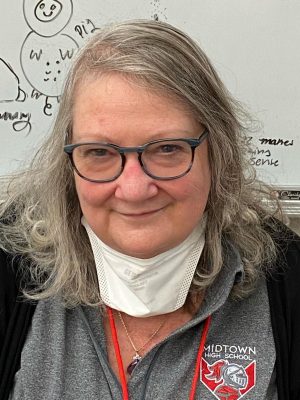
“I think that there is this expectation that we as teachers are supposed to somehow be perfect and just fix all these problems,” Latin teacher Scott Allen said. “It’s too much to expect of a human being to be able to do, and everybody has a breaking point. I’ll be honest. I love teaching, but this is the first year where … I have looked at my resume, which I have not done in 13 years.” Language arts teacher Susan Barber said teacher mental health in schools and school districts is correlated with the amount of autonomy schools and school districts grant to teachers.
“Where teachers have more autonomy, or teachers have the ability to make more decisions about what’s going on, specifically in their classroom, that’s where mental health is going to be,” Barber said.
Science teacher Nikolai Curtis believes teachers at Midtown currently have enough control in their classrooms.
“We’re trying to do the best for the kids, and we’ve got these people who are above us in the ivory towers telling us, ‘We want you to do all of these things,’ and we’re going, ‘Hey, we’re trying to get these children back on track. We’re trying to give these kids some sense of normalcy,’” Curtis said.
In addition to losing their autonomy, teachers also said communication from the district has harmed morale and self-esteem.
“Messages that come down from the district oftentimes, just make you feel like you’re not doing a good job,” Allen said. “I feel like many teachers have gone above and beyond over the last eighteen months or so to really reinvent themselves and what they’re doing, especially when we were all virtual. The message seems to be that, at least from the folks who are above us, is that whatever our efforts were last year were for naught. And that just makes you feel really devalued.”
Atlanta Public Schools has acknowledged that internal communication has been an issue within the district.
“This administration conducted a communications audit, which was much-needed,” District 3 School Board Representative Michelle Olympiadis said. “Communications from all stakeholders, from internal stakeholders to community or external stakeholders, has been an issue within the organization.”
Teachers also face mental health issues outside of school. However, they are often pressured to stay strong for their students, many of whom struggle with issues of their own. “We want to try to put on the best face because many of you look to us for leadership,” Curtis said. “We are your daily leaders; so, you want to think, with everything that’s going on … There’s a lot of experiences teenagers have that adults still have. We struggle with the same things you do. We struggle with popularity. We struggle with body image. … We have the same problems that you have. You just don’t hear it from us.”
Teachers may also be impacted by their students’ mental health, which has also suffered during the pandemic, according to a January 2022 study published in JAMA Pediatrics, a publication of the American Medical Association.
“It’s not that I don’t talk to my students, I do, but just not as deep as I used to,” social studies teacher Noel Erskine said. “About 10 years ago, I was teaching in Gwinnett, a student came to me during lunch and told me that her stepdad was molesting her, and she told her mom, but her mom wasn’t doing anything about it. Of course, I told the principal, the social worker, the assistant principals. The way it would impact me is I take that stuff home, and I’m still thinking on it long after I’ve left the building. … [Because of] the toll it would take on me, I had to pull back from that.”
Willoughby said teachers are often told they need to take care of themselves, both for their own mental health and for the benefit of their students. However, many teachers do not have the means or the time to seek support for their mental health. Data from the Organization for Economic Co-operation and Development found that the United States has the third-highest working hours for upper secondary school teachers out of its 38 member nations.
“I think that for a lot of people, there’s probably reluctance and not really time to take advantage of talk therapy or some other things,” Willoughby said. “We get admonished that we need to be taking time for ourselves … In some ways, that becomes almost another stressor that we need to be fixing ourselves, as well.”
District mental health efforts
In January, Emory’s Faculty Staff Assistance Program announced a partnership with Atlanta Public Schools to provide mental health services to employees. The program has been in place since Sep. 1, 2021 but was only communicated within APS.
“One of the biggest things that I’ve seen being in this position is that we can never put too many services on the plate for teachers to choose from to support their wellness,” APS Employee Wellbeing Coordinator Nzinga Benton said. “We have an Employee Assistance Program, which is a call center you call into, and you can set up appointments, but what I noticed is that there’s a need for immediate- need support. And if we can get them at their optimal behavior, health and physical health … then we can help support them to be whole people to support the wholeness of our students.”

The services will be available from 7 a.m. to 5 p.m. Monday through Friday. Employees who call Emory’s assistance program will be directed toward cluster liaisons, who will then make a decision about how to assist the caller. Two liaisons, all licensed medical professionals, have been assigned to each cluster. Since the establishment of the program, 17
APS employees have used the service. “They have called for a myriad of reasons and the top issues have been as follows: stress, acute stress, as well as general stress, that includes areas related to burnout, anxiety, depression and health-related concerns,” Dr. Marilyn Lineberger, the senior director of Emory’s assistance program, said.
The service also provides leadership consultations for APS officials who need advice regarding large-scale events that could harm employee mental health.
“With the leadership consultations, we have primarily been working with the Office of Employee Wellbeing, as well as receiving calls from some school principals,” Dr. Lineberger said. “These consultations have involved the following areas: staff deaths, student deaths, and some of the concerns related to this thing called the ongoing COVID pandemic.”
Even though the program began on Sep. 1, many teachers have been unaware of it until now.
“I still have heard nothing from the district,” teacher Mario Herrera said. “I have no idea how it works. All I know is from that post by Emory about what it offers.”
Information about the program has been spread through some of APS’s channels.
“We are working on internally with just getting the word,” Benton said. “I met with principals. That was the very first thing we did. We wanted to make sure all leaders knew. At the principal’s retreat, we did a huge presentation to let them know that this service was available. We sent out an email. We sent it out in the staff newsletter. It’s been in the newsletter a couple of times. It’s also on our wellbeing website.”
In addition, APS provides counseling sessions for employees and their families.
“We have our EAP, which is Employee Assistance Program, and we have it set up for employees that want ongoing counseling or to start counseling,” Benton said. “The employee assistance program is provided to each teacher, staff member, their spouse and children. They get three free counseling sessions per year per challenge. Say they’re dealing with depression, they can schedule three sessions for depression, then days, months, weeks later, they can call about anxiety.”

Although teachers appreciate the program, many have a hard time taking advantage of it.
“I think that is incredible,” Herrera said. “I think that it is something that probably needs to stay in place for years. Have I wanted to use it? Yes. Have I? No. Why? I’m overwhelmed and [because of] time. It’s a catch-22.”
Some teachers also do not know about the services APS provides.
“My wife died in 2013; I didn’t really seek out a lot of help,” Curtis said. “I just puttered along with my life and focused on taking care of others, which is what teaching has done for me … If I had known what outlets were available, I probably would have taken them.”
Some teachers also fear that they may be stigmatized for seeking mental health support.
“I won’t lie, as adults, we also worry about anonymity and things like that,” Curtis said. “What if someone from my school finds out I’m in counseling for depression or something? Am I going to be stigmatized in my job?”
APS is also piloting a mindfulness course with four employees. The program may expand district-wide in the future.
“It’s an eight-week course that teaches yoga practices and mindfulness practices for educators,” Benton said.
Recently, the Office of Wellbeing introduced a program to grant every APS school money to build or improve a zen room. “We were able to allocate $3,000 per school site for schools to establish and or, if they already have one, to beef up their zen room for staff,” Benton said. “I would love for us to be a culture where, if we walked by a classroom and saw a teacher with his or her head down, that our first thought is not that they are sleeping on the job but that our first thought is that they’re taking a moment for themselves. If we can create an environment where it is okay to take a moment for yourself because then you can best support our students.”
Herrera believes that the intention behind the zen rooms is good, but that they don’t address teachers’ needs.
“Waste of money,” Herrera said. “No one asked teachers what they needed … On some level, I appreciate the effort but talk to us. Why are teachers never part of the conversation when it involves teachers?”
APS is also making other general changes to address employee wellbeing.
“We added to the superintendent’s contract for her to have 10 mental health days,” Olympiadis said. “We’re not giving 10 mental health days to all employees, but I believe that [adding mental health days to the superintendent’s contract] falls in line with some HR enhancement. We have incentivized staff with a pay increase of $1,000 to help ease stress or the financial stress. We have given incentives around getting vaccinated and allowing more leave.”

Barber, while grateful for the financial bonus, believes its benefits are minimal.
“No teacher’s gonna say, ‘We don’t need any more money,’ but by the time we’re taxed on that, and it’s divided by 12 months, it’s really not that much money,” Barber said. “My understanding is not that this money was to help appease mental health demands, I mean, the money does not help day-in and day-out, the strain on our life.”
Science teacher Pierre Davis believes district and school-level approaches to mental health have been effective for teachers.
“They seem to understand,” Davis said. “It’s only so much they can do. They’re offering teachers this and that from the SEL (Social Emotional Learning) curriculum … recommending that people take mental health days. Even Dr. Bockman (Principal Dr. Betsy Bockman) has been great. She gives us regular messages just to let us know she understands what we’re going through, and she’s in it with us. Small things like that do help, but at the same time, it doesn’t erase the stress that we receive. It’s nice to know that people do understand.”
Davis also said his stress decreased when he moved to Midtown.
“I’ve had some tough situations, and that was even before the pandemic compounded the stresses of the job,” Davis said. “That’s actually how I got to Grady. At that time, I left a very stressful teaching job in the middle of the year and was hired by Principal Guiney (former Principal Timothy Guiney), and almost all of that stress was just released by a change of scenery. That’s why I try not to stress too much, because I know how bad it can get because I’ve been in those bad situations.”
However, teachers, like Math Department Chair Vicki Vinson, believe problems are more complicated and would like more support with mental health days for teachers.
“Because of the [lack of] subs, it’s hard to take a day off,” Vinson said. “Any last-minute teachers that get sick and can’t come makes it difficult. We really need to have more support for wellness days.”
Pandemic affects mental health
Although problems have long existed in teaching, the COVID-19 pandemic exacerbated these issues and caused a decline in teachers’ mental health. As schools across the country shifted to a virtual- learning format, teachers were required to adapt quickly. A January 2021 survey from RAND found that around a quarter of teachers were considering leaving the profession after the 2020-2021 school year, an increase from one-sixth of teachers before the pandemic.

“Teachers have felt like our profession is not respected and paid in the same way other professions are,” Barber said. “So, I think teacher morale has been struggling for a while. Teacher mental health [was] not good [before], but not to the point you just feel like ‘I just don’t even know if I can go back in the building.’ I think COVID just took everything for everybody and magnified it and escalated it.”
During the pandemic, the media’s perception of teachers changed as parents began pushing for schools to reopen and resume in-person learning. Many teachers were opposed, leading to public backlash.
“When the pandemic first started, teachers were looked at as being heroes, and then all of a sudden, at the beginning of last school year, the narrative shifted drastically,” Allen said. “I feel like we were looked at as being the bad people because we were advocating for our own health and safety, whereas parents were demanding all across the country that we return to classrooms immediately.”
Allen said the number of requirements placed on teachers during the pandemic and the return to in-person teaching have made him question his abilities as an educator.
“I feel like I’m never good enough, honestly, as a teacher, I feel like there’s always something that I’m not doing that I’m supposed to be doing,” Allen said. “Part of my problem is I’m a perfectionist, and I want to make everything work just right. I don’t even come close to that now. I used to feel fairly effective as a teacher and, quite honestly, I haven’t felt that recently.”
Without proper support, mental health and other outside stressors can affect teachers’ performance in the classroom and the quality of education students are receiving.
“When I was first recognizing that I was developing something that was eventually diagnosed as cancer, and then when I was going through treatment for it, I was far from my best as a teacher during those times,” Willoughby said. “When you don’t feel good, you don’t perform anywhere near as well as you can when you’re feeling good. That’s true, both for mental health, as well as physical health.”
Mental health issues can also change the way teachers interact and connect with their students.
“On the one hand, because I’ve felt so much more anxiety over the last couple of years, I feel a stronger empathy with my own students who struggle with anxiety for sure,” Allen said. “On the other hand, it’s had kind of a dulling effect, almost like anxiety to the point of depression, like a flatness that has hindered me from connecting as strongly with students as I would like.”
The COVID-19 pandemic has made teachers more susceptible to mental health issues, and teacher turnover rate, which was already high, has increased significantly during the pandemic. A May 2021 CDC report found that 27 percent of teachers reported symptoms consistent with clinical depression while 37 percent reported symptoms consistent with anxiety.
“I don’t think there’s any single magic bullet solution that’s going to take care of all of the problems that exist that cause additional stress and have made the mental health status of most educators more challenging,” Willoughby said. “More of my colleagues are more fragile than I ever remember.”
This story was originally published on The Southerner on February 22, 2022.

